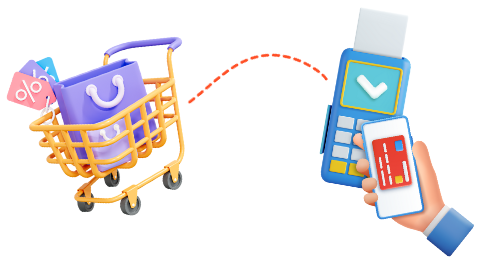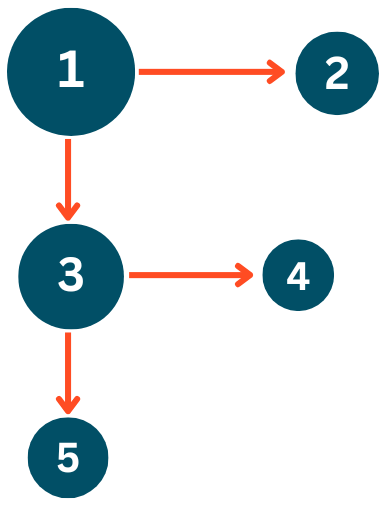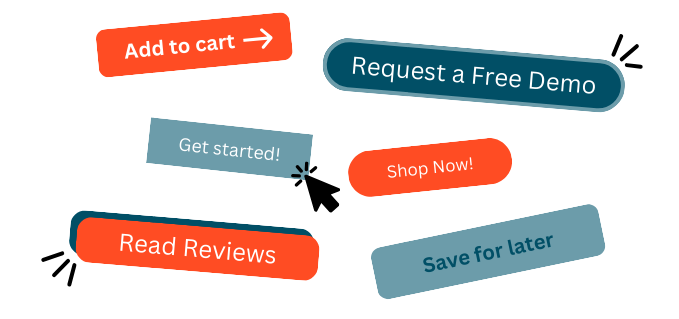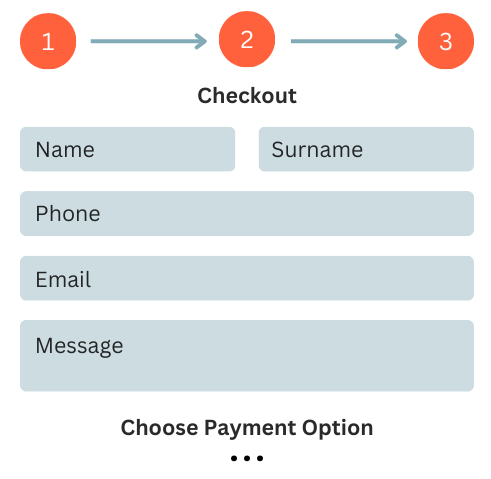The significance of an intuitive design
Table of Contents
In the ever-evolving landscape of e-commerce, the user’s journey from adding items to their cart to completing the checkout process is a critical moment of truth. This journey can either be a smooth, frictionless experience that converts visitors into satisfied customers or a frustrating, confusing ordeal that leads to abandoned carts and lost sales. The key to success in this delicate dance lies in the importance of intuitive design.

1 Understanding Intuitive Design
Intuitive design is all about creating a user experience that feels natural, effortless, and predictable. It’s about crafting a digital storefront that understands and caters to the needs and expectations of the user without requiring manual or extensive guidance. When it comes to the “from cart to checkout” phase, intuitive design ensures that every step along the way feels like second nature to the visitor.
The study from creativeblog mentions 5 ways to make your web designs more intuitive. “Design for the brain” – is the first principle which basically stands for understanding design psychology and the way the human brain processes the information. Design should prioritise bold elements, utilise pattern like the F-shaped scan for eye-catching layouts, and focus on quick engagement since users often skim content.

F-shaped reading scan
2 Streamlined Navigation
One of the cornerstones of an intuitive e-commerce design is easy navigation. Well-structured website will guide users through the website and reveal necessary information. The user shouldn’t think about complexity of the website or struggle to find any ifration he needs. everything should be visible and accessible, otherwise the bounce rate of the website will increase, as people will be frustrated with the website and it’s layout.
Users should be able to easily find the products they want, view detailed information, and add items to their cart without any guesswork. The navigation menu should be clear and logically organised, guiding visitors to the right categories and product pages effortlessly.
3 Clear and Concise Product Information
An intuitive design ensures that product information is presented in a clear and concise manner. Users shouldn’t have to hunt for essential details like product specifications, pricing, and availability. High-quality images, comprehensive descriptions, and easy-to-spot calls to action (CTAs) for adding items to the cart are essential elements of this process.

4 Cart Management
Managing the cart should be a breeze. Users should be able to review the contents of their cart, make adjustments, and proceed to checkout without encountering any obstacles. An intuitive cart design includes features like easily editable quantities, the ability to remove items, and a prominent “checkout” button.
5 Effortless Checkout Process
The pinnacle of an intuitive e-commerce journey is the checkout process itself. Here, minimalism and simplicity are the key. Fewer form fields, multiple payment options, and a progress indicator all contribute to an intuitive checkout. Users should have a clear understanding of where they are in the process and how much more is left to complete their purchase.

To sum up:
Conversion and Customer Satisfaction
The ultimate goal of intuitive design is to drive conversion rates while ensuring that customers enjoy a hassle-free shopping experience. When customers can easily navigate from the cart to checkout without any hiccups, they are more likely to complete their purchase, and your e-commerce store can achieve higher conversion rates.
Moreover, intuitive design fosters positive user experiences, which can lead to repeat business and positive word-of-mouth referrals. Satisfied customers are more likely to return to your website and recommend it to others, ultimately contributing to the long-term success of your e-commerce venture.
In conclusion, “from cart to checkout,” the importance of intuitive design cannot be overstated. It’s the bridge that connects potential buyers to loyal customers. By investing in an intuitive e-commerce design, you not only boost your conversion rates but also cultivate a base of happy and engaged shoppers who keep coming back for more.
Ready to elevate your online presence? Let us design and build your eCommerce website, following all essential design principles.
